Book Club: One Million Followers (Part 4)
17 min read | Book Club | A.M.
“I Speak My Truth In #MyCalvins” campaign, Calvin Klein, 2019.
In last week’s article, we continued our look at One Million Followers by Brendan Kane, covering key concepts from Chapter 3. We surveyed some of 2020’s top fashion campaigns as well as the general tone of the industry’s leading visual merchandising and content strategies. We also looked at Charity: Water and how their marketing aligns consistently with their brand story. We then created a marketing persona for a fictitious brand and used the Process Communication Model® (PCM) to identify three distinct personality types that contribute to their target audience.
In today’s installment, we’re going to take a break from the book to look more in-depth at key elements of a successful marketing mix that are achievable on nearly any budget. We’ll break down the world of marketing into two downstream components—Public Relations and Advertising—and discuss the benefits of both in a small-batch context. Our survey will lean into the role of developing social awareness and how one might incorporate their unique brand voice into a global conversation. We’ll then identify key areas of specialization that will be required for a successful fashion campaign. We’ll then put it all together to create a well-rounded marketing plan that every small-batch producer can implement immediately.
“Advertising is so fluid that there is no consistency [in] what you should be doing. It’s ever-evolving. Except for storytelling, and telling the truth, and doing something with heart. That’s forever.”
ENTER THE DRAGON
The world of advertising is constantly evolving. As many industry thought-leaders predicted—and anyone with an internet connection can confirm—the landscape of advertising has greatly shifted away from the wide-net campaigns of eras past, instead favoring direct marketing methods and a rapid-deployment philosophy. In other words, fewer long-term stories around a specific message or theme, and more highly targeted one-offs intended to arrest the attention of specific individuals and demographics.
Remember Squatty Potty? How about Poo-Pourri? Or more recently, a certain Match made in 2020? As we discussed in the last article, humor can be an incredibly effective communication tool if used to gain the attention of the corresponding audience—Rebels. However, it can be disastrous if employed poorly. And for all the benefits of clickbait one of the greatest casualties is a loss of trust with the community you’re trying to serve—trust that takes a lifetime to build and only a headline to lose. For many, that tradeoff is simply not worth the risk. But with the constant pressures of reaching an audience, any press is good press when the alternative is none at all.
Enter the world of Public Relations where the traditional business of managing reputations and editorial relationships has evolved to become a one-size-fits-all brand management service in a data-driven industry. These days, there’s no such thing as a typical work day. When your PR agency isn’t preparing a press release for news outlets, they might be engaged in market research, data analysis, and even exploring creative events and endeavors like creating a press kit or skydiving from outer space—the kind of work that sounds beyond the scope of the traditional job description.
In this article for Forbes, Robert Wynne describes the role of Public Relations in excellent detail, and it’s well worth the read. Essentially, PR is the business of communicating a story that’s earned through trust over time. Advertising is the opposite—communicating a story by purchasing people’s immediate attention. Both are necessary. And both are fundamentally different. However, more and more PR agencies blur the lines, seeking to create events and influence media, stopping just short of purchasing cable airtime and magazine adverts in their march toward likes and subscriptions. Just look at social media influencers.
You could easily conclude that providing an influencer with free merchandise in exchange for an honest review is a great way to spread the word. But flying them first-class to your runway event? Gifting them a $5k swag-bag? Wine-and-dine on the company card? At what point does this become less about relating with the public and more about buying good reviews?
It’s a common practice for products of all kinds to sit in the various editorial departments of Condé Nast and Hearst publications awaiting review. But some businesses, in their desperation to gain momentum, blur the lines between expecting an honest review from an impartial third-party, and requiring a sponsored review (and accompanying creative) that reflects the brand’s specific tone and talking points. The former is an example of PR (earning the trust of an audience via impartial third-party) whereas the latter is advertising (paying an influencer or publication to get your specific message across) and the ethical dilemma is clear. It would be far better for any business (or any publisher) to be clear about their business relationship so that consumers understand who’s really benefitting from product reviews and placements.
( Sidebar: It’s the job of the Federal Trade Commission to regulate things like commercial marketing and advertising. While it’s beyond the scope of this article to do a deep-dive, and because we cannot give legal advice, it’s best to confer with legal council before committing to any PR stunt or influencer strategy. )
At the end of the day, ask yourself, what are my goals? If you want reputable and impartial professionals and publications to talk about you, or if you’ve suffered from negative press, then work on great PR. If you want to gain the attention of as many people as you can in a short amount of time—and you don’t mind paying for it—then work on great advertising. It all boils down to who benefits from your messaging. Is it in the public’s interest, or your own?
Quick reference card on the difference between Public Relations & Advertising. Both share similar goals but use different methods.
One of the most refreshing shifts in fashion has been recently led by Condé Nast publications. British Vogue Editor-in-chief Edward Enninful has, since his appointment in 2017, become synonymous with shifting public perception of fashion as a force for positive change on a global scale. Edward is currently the first and only Black man to have achieved the appointment in any of Vogue’s 26 international magazines. Many publications have throughout their lifespans certainly contributed to progress. But as TIME contributor Diana Evans notes in her profile, “Today, Enninful is the most powerful Black man in his industry, sitting at the intersection of fashion and media, two fields that are undergoing long-overdue change and scrambling to make up for years of negligence and malpractice.”
Fashion itself was in desperate need of good PR for many obvious reasons. And as a result of honest hard work and integrity exhibited by countless fashion professionals over the last handful of decades, and the cultural shifts that have occurred as an indirect reaction, people of immensely good character and taste in fashion can speak boldly to a world that’s ready to participate in a vision of the future in which they are all valued, loved, and supported like never before.
British Vogue Editor-in-chief Edward Enninful OBE for TIME September 2020. Photography by Campbell Addy.
Not everyone will have a TIME cover. And not everyone can afford a $100k PR retainer. But here’s something you can do right now to ethically move your brand message forward: Write a great press release.
In a year of economic upheaval, Apple Inc. have released an article that clearly illustrates their commitment to thinking differently. Rather than promote their post-pandemic recovery and status as most valuable company on Earth, they’ve chosen instead to keep with the holiday spirit and promote their commitment to generosity. Their copy is conversational and approachable, featuring facts as well as images and illustrations. Their audience? Certainly shareholders and financial publications speculating on Apple’s brand value. But more important, customers. People need to see that the businesses they trust and buy from will actually do the right thing regardless of which direction the economy turns. And Apple and their employees have answered by giving 14,000 masks and millions of dollars to charity in the same year they released the best products they’ve ever made.
For years, H&M have tried to combat their fast-fashion reputation with their commitment to creating a more circular fashion economy. Whilst their efforts have often been met with criticism, their PR team have leaned hard into the benefits of buying into the H&M brand name. Their latest headline is clear and to the point. Their logline features all the info an editor needs to determine if they’ll pursue the story for their publication. And while their copy is quite different from Apple’s approach, the release still incorporates personal stories by way of direct quotes in a formal tone.
Ask yourself, what have you been up to lately? What great things are on the horizon? What do you truly stand for? What are you willing to commit yourself to for the foreseeable future? There’s no better time than right now to plan something bold for the coming season. And as you approach your press release, ensure it has the following:
Great writing—Obvious, but not always evident.
Purpose—How is this in the public’s interest?
Consistent tone—It needs to sound like you, not someone writing about you.
Brevity—Be clear and concise. Ideally, one page.
Relevant data—Collection title, event name, season, textiles, colors, quotes, price, availability, etc.
Perfect grammar—Spelling errors are anathema. Don’t give editors a reason to ignore you.
Just the facts—Journalists require facts and will report any inconsistencies they find. Be clear on the facts and offer clarification immediately whenever there’s doubt.
Contact info—How do journalists get in touch with you?
Quick response—Newsrooms are on deadlines. Be reachable and reply immediately.
Now let’s create a press release for the fictitious brand we concocted last week:
For Immediate Release
December 17, 2020
SwaggerGirl Collaborates with Pop Icon Jayness For Cancer Research
Seattle, WA
Today SwaggerGirl announces a new collaboration with Grammy Award winning pop sensation Jayness. The collaboration will produce a line of dresses with proceeds benefitting Rose Foundation for Cancer Research in Seattle. The collection features sustainable textiles including Tencel and recycled PET which will eliminate 1 ton of plastic waste from Puget Sound.
Both Jayness and SwaggerGirl creative director Melanie Maple were initially inspired to collaborate after a benefit dinner hosted by Rose Foundation in 2019. The two then volunteered to serve women undergoing chemotherapy where they learned from women describing the difficulties they experienced in light of their physical trauma and personal uncertainty.
“From the first moment my mother told me she would be going in for chemo when I was eight, I decided that day I was going to do anything I could to make sure she made it out okay. And she did. And now, I want to use this collaboration with SwaggerGirl as an opportunity to raise awareness and money so that Rose Foundation can create better treatments that improve the outcomes of women everywhere.”
— Jayness
“Rose Foundation have published more cancer research that has led to the development of new and better treatments than any other organization to date. While dresses are such a small thing in light of the great battle these women face, it is their strength of character and the genuine beauty and ferocity in their eyes that compels me to do whatever I can to help as many as I can. This collection is dedicated to women everywhere overcoming the odds to achieve their best life.”
— Melanie Maple
The collection is entitled “Miss Rose” and will go into production in time for the Spring/Summer 2021 season. Each garment is inspired by Rose Foundation and features a unique floral print based upon the foundation’s logo. 100% of all proceeds go directly to Rose Foundation and transparency reports will be available throughout the production cycle. The collection will be available exclusively via the SwaggerGirl.xyz website with pre-orders available now.
About SwaggerGirl:
Melanie Maple founded Seattle fashion company SwaggerGirl in 2012 after a successful career working as a designer for Eddie Bauer and Nordstrom. Ms. Maple felt that women of all shapes and sizes lacked options in the marketplace and created her Signature Tailored Collection in 2013. SwaggerGirl reflects the Three S’s—Style, Strength, and Sustainability—and creates apparel and accessories for every woman. SwaggerGirl have been featured in magazines including Vogue, Elle, and Harper’s Bazaar, and on runways including fashion weeks in New York, London, Paris, Milan, and Tokyo. Ms. Maple was the host of primetime television series Project Fashion seasons 1-3 and remains on the board of Fashion Group International’s Seattle chapter.
Quick Stats:
73 retail stores in 6 countries including United States, Australia, Japan, Germany, France and United Kingdom.
Website ranked #1 in its category with 10 million visits per month.
First fashion business to employ women-owned and managed factories in 2 countries.
SwaggerGirl Foundation raised $6 million last year to eliminate plastic waste from our oceans with partners Clean Oceans Today.
Media Contact:
press@swaggergirl.xyz
1234 Hope Street
Seattle, WA
Perhaps we shot for the moon a bit, but hopefully you can see the authenticity and sense of urgency inherent in the release, as well as the approachable tone that’s nearly bereft of sales-talk and jargon. The goal is to tell a story to people whose job is telling stories. One can hardly go wrong when telling the truth with heart.
Once you’ve prepared your release, you can choose to blast it out to every fashion journalist and blogger you can find, or you can include it in your press kit and email a link for brevity (or both).
One last note about journalists. These are professionals held to a high standard of integrity asked to write about things that would make Edward R. Murrow rethink his career choice. Many of them began their careers hoping to win a Pulitzer Prize for uncovering corruption. Now they’re asked to produce “Top 10 Lists” about which outfits celebrities wear when they go to the dentist. Remember, journalists don’t owe you anything, but they’re still people. And you’re beginning a professional relationship that will hopefully last a long time. Make it easy for them to write about you. Treat them with the same dignity you expect from them in return.
Saint Laurent Women’s Summer ‘21 fashion film, December 2020.
“Advertising is incredibly powerful when it comes into our lives. And then it just disappears, and people don’t remember things that happened a year ago. Hopefully we make things that are less ephemeral than other people do, but they’re still pretty ephemeral.”
MASS INTIMACY
GS&P are one of the world’s leading advertising agencies responsible for some of the most memorable and successful campaigns in the last half century. And that’s not hyperbole. Founding partners Jeff Goodby and Rich Silverstein recently presented a MasterClass on advertising in which they take us through the last 37 years of their commercial experiences. And the insights they provide are far reaching, even if you’re not a marketer. Jeff reminds us in Lesson 1, “In the end, you want to be remembered for things that are human.” And their pursuit of humanity has led to GS&P’s continued string of advertorial successes.
“Not a Gun” Courageous Conversation Global Foundation, GS&P, 2020.
“Cool Ranch” Doritos, GS&P, 2020.
“Can't Touch This” Cheetos, GS&P, 2020.
“A Holiday Reunion” Comcast/XFINITY, GS&P, 2019.
“Doritos Blaze vs Mountain Dew Ice | #SpitFire vs #IceCold” Doritos/Mountain Dew, GS&P, 2018.
“Party Safe Bag” Tostitos, GS&P, 2017.
“Outride ADHD” Specialized, GS&P, 2017.
In Lesson 5 of their MasterClass, both Jeff and Rich discuss the philosophy that supports their approach to advertising. Jeff defines it this way: “We have this thing that we call Mass Intimacy that is like a message to millions of people that resonates with you alone in this really intimate way.” This sounds like a contradiction, but it’s more of a description of Everett Roger’s Diffusion of Innovations. Roger’s “bell curve” is a bedrock sociological concept that describes how ideas spread from Innovators (about 2% of a population) to the Majority (about 68% of the population). More on this in a future article, but the key to the concept, as we’ve said previously, is targeting real individuals and groups of people that your products are meant to serve, and creating things just for them. Jeff echoes this concept in an interview with AdWeek: “It’s really about doing something that you will seek out and share with your friends—that’s what I think advertising is now.”
Fashion advertising has always challenged norms because fashion itself is exemplified by nonconformity. In keeping with that trend, one of the best advertising strategies that fashion and beauty businesses have employed involves creating awareness and aligning with advocacy groups that seek to create positive change. This is not without controversy, and it’s certainly not for the faint of heart. But the history of fashion campaigns have shown us time and again the compassion behind the glamour and the importance of fashion in promoting social change. From the emergence of AIDS, to the suppression of LGBTQ+ rights, to myopic representation, to life-threatening body image standards—fashion advertising has consistently challenged social norms, as well as the industry itself, which at the very least creates discussion, and at its very best shifts the world’s perspective for the better.
“This Canvas Has A Story” campaign by TomboyX, 2018.
DESIGN CHANGE
After the last 2,800 words you might be thinking, how does this all come together? It all comes together in your Marketing Plan. So let's design a SMART strategy for our fictitious brand that includes PR and Advertising that's accessible, affordable, and actionable.
Public Relations:
Create Press Release for upcoming collection
Create Newsletter
Create Episodic Content (IGTV, Facebook Live, TikTok, YouTube)
Create Awareness Campaign (messaging, hashtags, creative)
Pitch Articles to journalists and newsrooms
Book Promotional Tour (television, radio & podcast appearances)
Curate Digital Experiences (runways, exhibitions, meetups)
Send Products Out for Review (magazines, impartial third-parties)
Conduct Market Research (validate product/market fit)
Celebrate Generosity (make your audience your hero)
Advertising:
Create Lookbook for new collection
Create Fashion Films (express brand's point-of-view)
Create Ad Campaign (one concept across many channels)
Create Sponsored Content (magazines, blogs, podcasts)
Buy Digital Adverts (Google, Facebook/Instagram, Twitter)
Buy Print Adverts in local magazines (well-respected, in circulation)
Buy Billboard Space (and share on social media)
Buy Airtime (target your audience's favorite shows, platforms, apps)
Sponsor Product Placements (music videos, short films, live performances)
Sponsor Popular Events (concerts, sports games, contests)
Upon first glance, this seems like a lot. However, many of the action points have a degree of overlap. For example, you need to create a lookbook so that audiences understand your branding and what you're bringing to market. But these same deliverables can be licensed and used for your press release, cross-promotional appearances, and editorial pitches. Fashion films that appear on YouTube can be used by journalists and bloggers to discuss your brand with their audiences. Creative that's produced by social influencers can be licensed and used for your newsletter. In this way, you can reduce your expenses by repurposing content over multiple channels.
Additionally, you don't need to create everything from scratch. There's an entire world of royalty-free content that can be used in accordance with their licensing terms to elevate your brand in a variety of ways. Can't book a fashion film in the desert? Try stock footage of a desert and incorporate your branding in a 30-second teaser for social media. However, there’s no replacement for well-intentioned and flawlessly executed original creative. So consider your budget and your audience before committing to a creative direction.
Aubrey’s Shadow featuring Duckie Thot photographed by Tim Walker, London, 2017, on display at Victoria and Albert Museum through March 2020.
THE SITTING
Perhaps the most fundamental aspect of fashion communication is the classic sitting (or fashion shoot in contemporary terms). Fashion sittings have been around before photography became mainstream, and will likely be with us as long as human beings clothe themselves. With its roots in classical art, modern image makers push the boundaries of their respective mediums whilst remaining true to the themes expressed in fashion.
The sitting is the most fundamental communication method because it conveys everything about your brand to your audience. Whether by still image or motion picture, people need to see how clothes look on other people, and will connect with models and actors in ways words cannot express. If a picture is worth a thousand words, then more importantly, in a thumb-scrolling world, images are the fastest way to connect with other people. And from a business perspective, the fashion sitting can be the least expensive way to create original content that completely aligns with your brand's collection and story.
The following is a list of some of the key elements that contribute to a successful fashion sitting, whether it's for a lookbook, campaign, or editorial purpose:
Creative Brief—This document is the Creative Bible to which all decisions must align. It contains all the important information that informs how creative teams will approach the campaign and offers measurable goals that can be easily tracked. More importantly, it inspires creative teams to do their best work.
Mood Board—Many of you do this already. But as a refresher, this contains images, colors, textures, lighting, sounds, and other relatable data that informs the creative.
Creative Team—Whether you go with a Creative Agency or with freelancers, what-you-see-is-what-you-get. Look for people that already make things you like and that you feel will make a good fit for your campaign. This includes Art Directors, Creative Directors, Film Directors, Photographers, Cinematographers, Production Managers, Actors, Models, Wardrobe Stylists, Hairstylists, Makeup Artists, Nail Stylists, Craft Services, Grip & Electric, Construction Crew, Colorists, Editors, Retouchers, Visual Effects Artists, and whomever else the creative requires.
Location—Whether it's a soundstage or a Victorian era cottage, ensure you obtain all the necessary permissions and liability waivers.
Production Insurance—This goes without saying. Unfortunately, some freelancers operate without business insurance. Always ask. If you're professionally overseeing any production, ensure that you’re adequately covered for the nature of the creative and over-prepare such that reduces the likelihood of unforeseen incidents.
Back-Up—Always have a Plan-B, and in some cases, a Plan-K. In the Northwest, weather always changes, parking's always an issue, businesses close early, some areas are inaccessible at night, people get sick, footage gets deleted—and as we've seen in 2020, truly unforeseen events happen and the entire world can change overnight. With a strong creative, you can pivot if you prepare alternatives.
This looks expensive, because it is. But how do we translate it to a small budget? Consider the iPhone.
Apple have created a device that fulfills many of this particular production's requirements. It has cameras, records still and motion images, backs up files to the cloud, offers free post-production software (and paid alternatives via the App Store), uploads deliverables directly to numerous digital channels (YouTube, Facebook, Instagram, Twitter, Pinterest), allows you to interact with everyone on your team instantly via Slack and other production management software. And you can even livestream the production process to the delight of your audience. This shifts the expense away from large creative teams and redirects your focus on the creative's execution. With a little creativity and an understanding of available technologies, you can achieve captivating results that can delight, inspire, and inform your audience without financial restraints killing the creative.
Bella Hadid for Jacquemus photographed by Pierre-Ange Carlotti via FaceTime, 2020.
There's more to consider that falls just outside the definition of public relations and advertising to help create awareness for your brand. And you may be doing quite a lot of it already—trunk shows, pop-ups, trade events, and even tailoring—which absolutely contributes to your overall brand perception and reputation.
In the end, it's the sum total of how you make people feel that will make the most lasting impression. However, without budgeting for an effective marketing plan, including precisely targeted advertising and PR, your message is little more than a ship that has yet to leave its harbor. The options are simply these: Earn trust over time, or buy attention en masse. As Brendan said at the very beginning of One Million Followers, if you could get closer to your dreams for $10,000.00, would you do it? If the reality of cost is prohibitive, that's okay. It may take longer, but you can still arrive at your destination.
Up Next
In our next installment, we'll return to Brendan's book and have a look at what it takes to go viral. We'll combine several chapters into a cohesive summary and discover specific technical tips that help us utilize social media more effectively. We'll then look at emerging markets and learn how to drive down our customer acquisition cost. We'll also look at developing strategic alliances with influencers in more detail. And finally, we'll learn how to refine our messages through social testing.
We'll be taking some time off through the holidays, and hope you're able to do the same. Be well & stay safe. We'll see you again next year :)


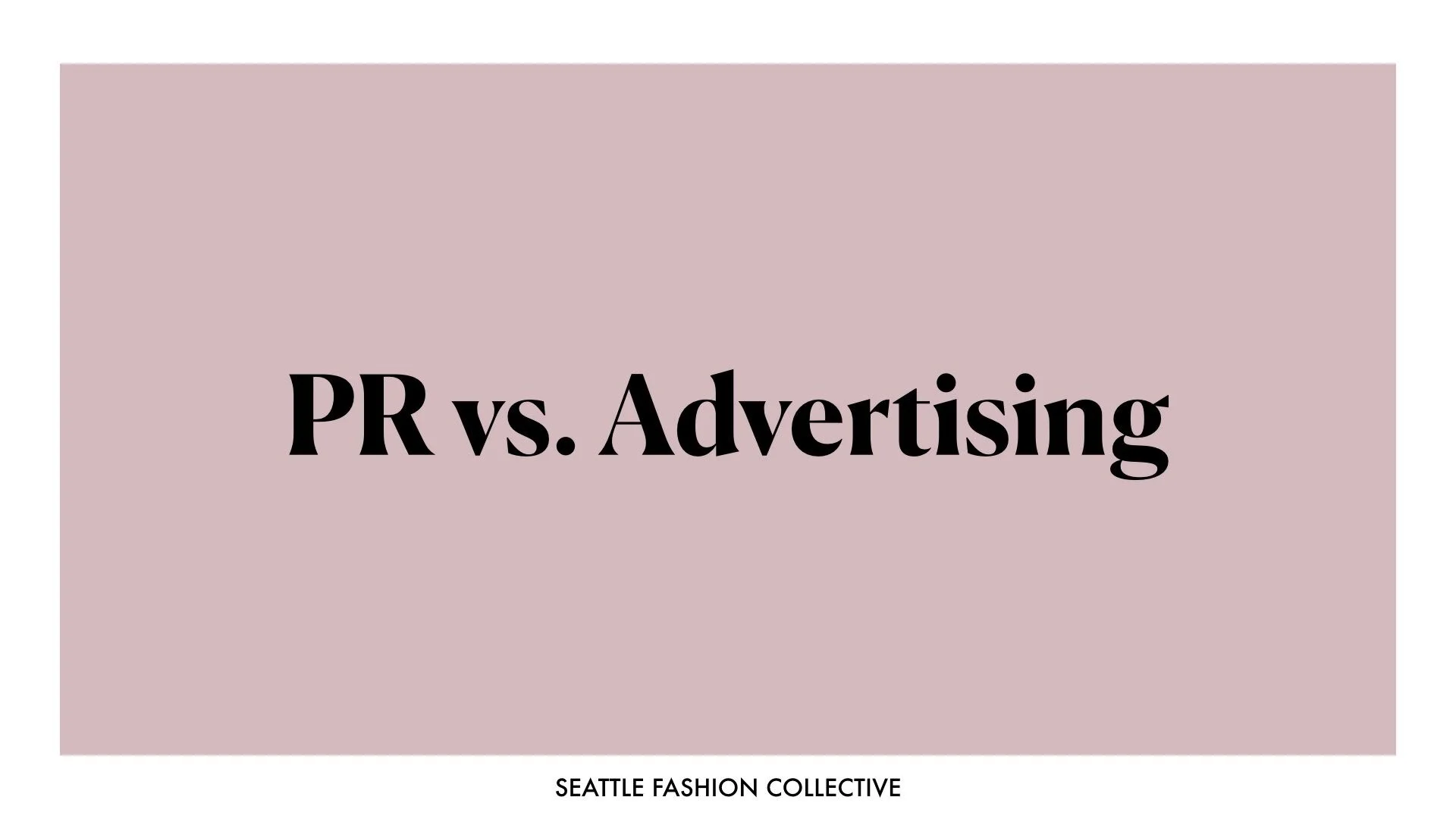

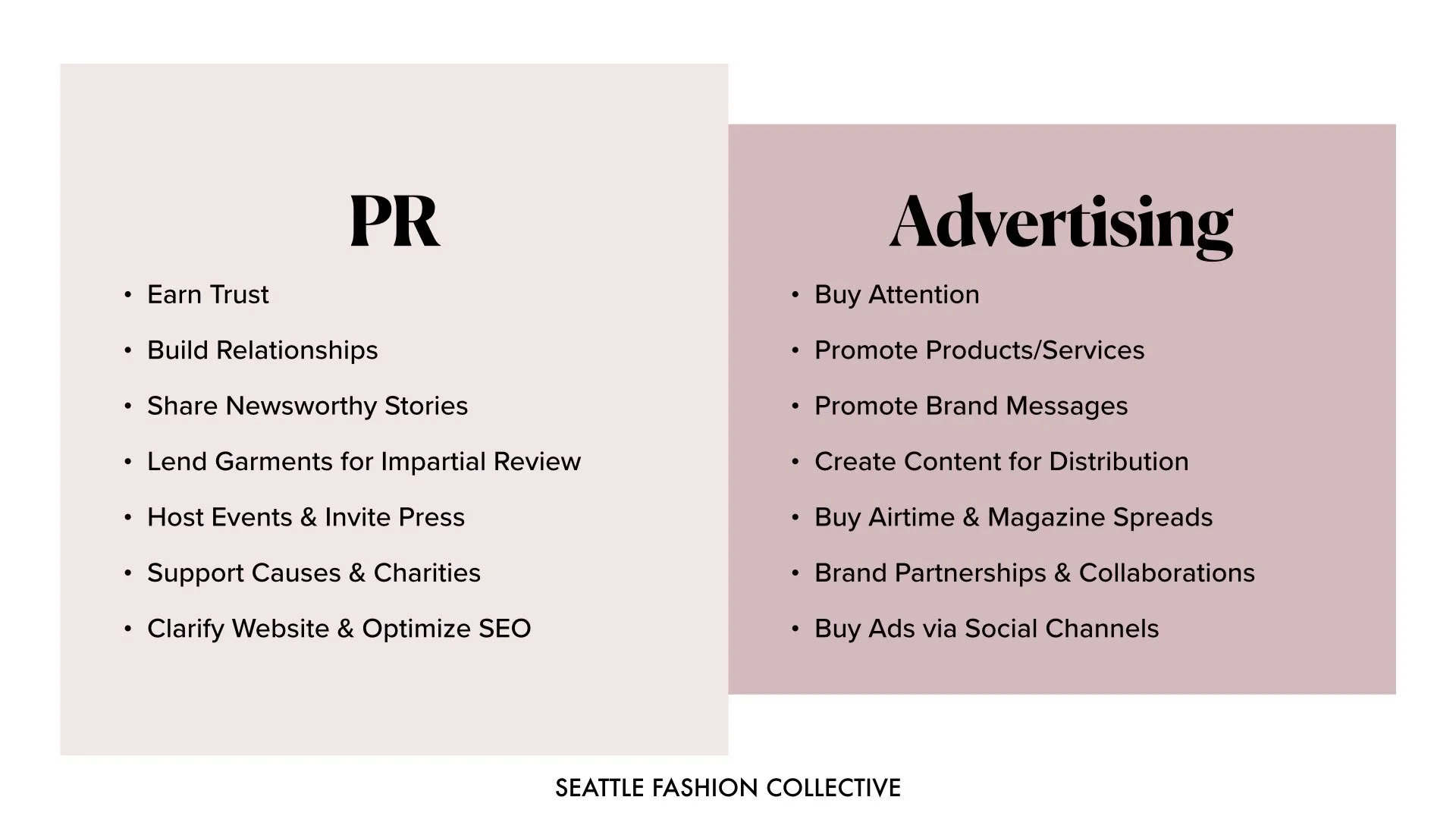
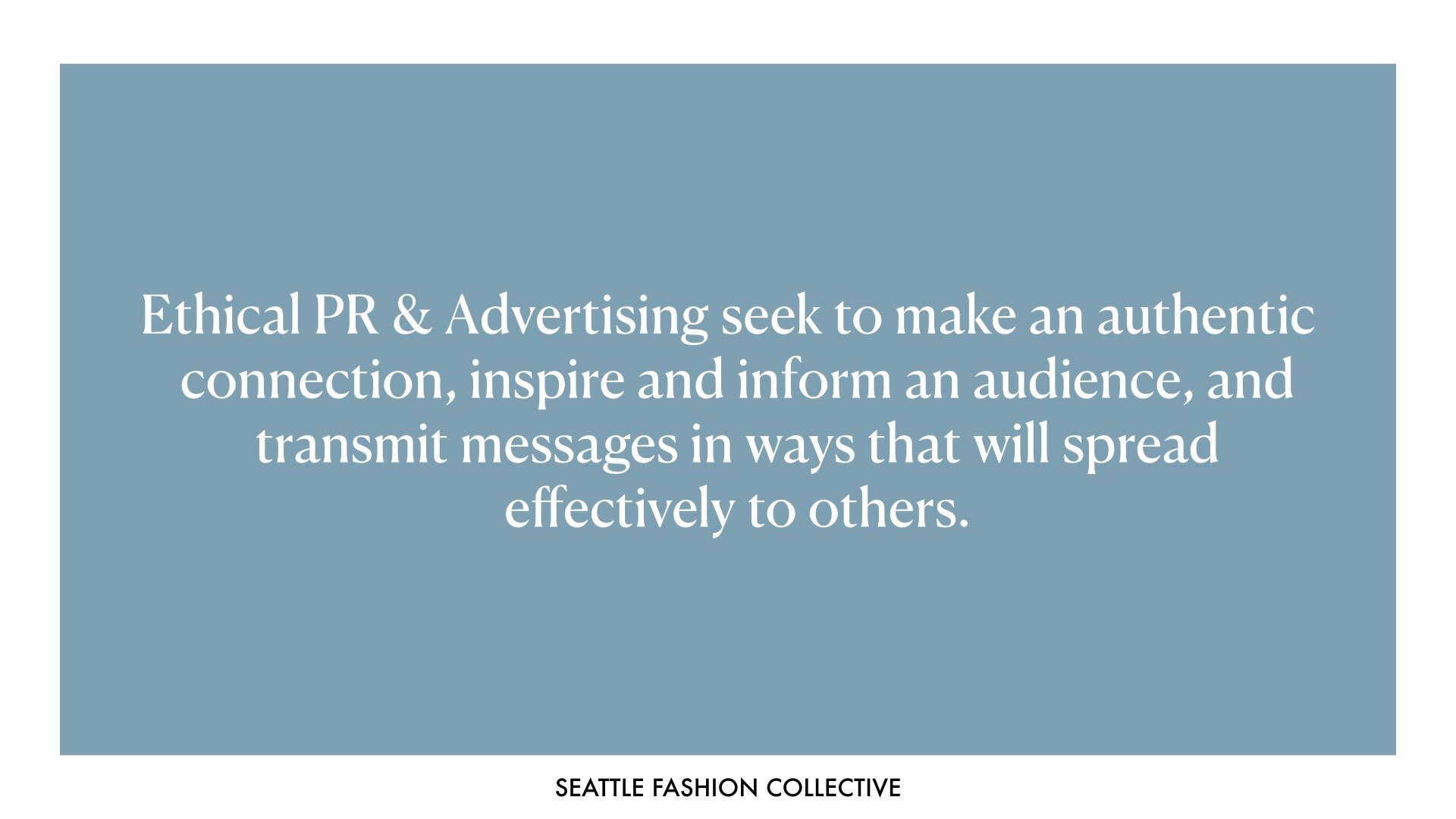

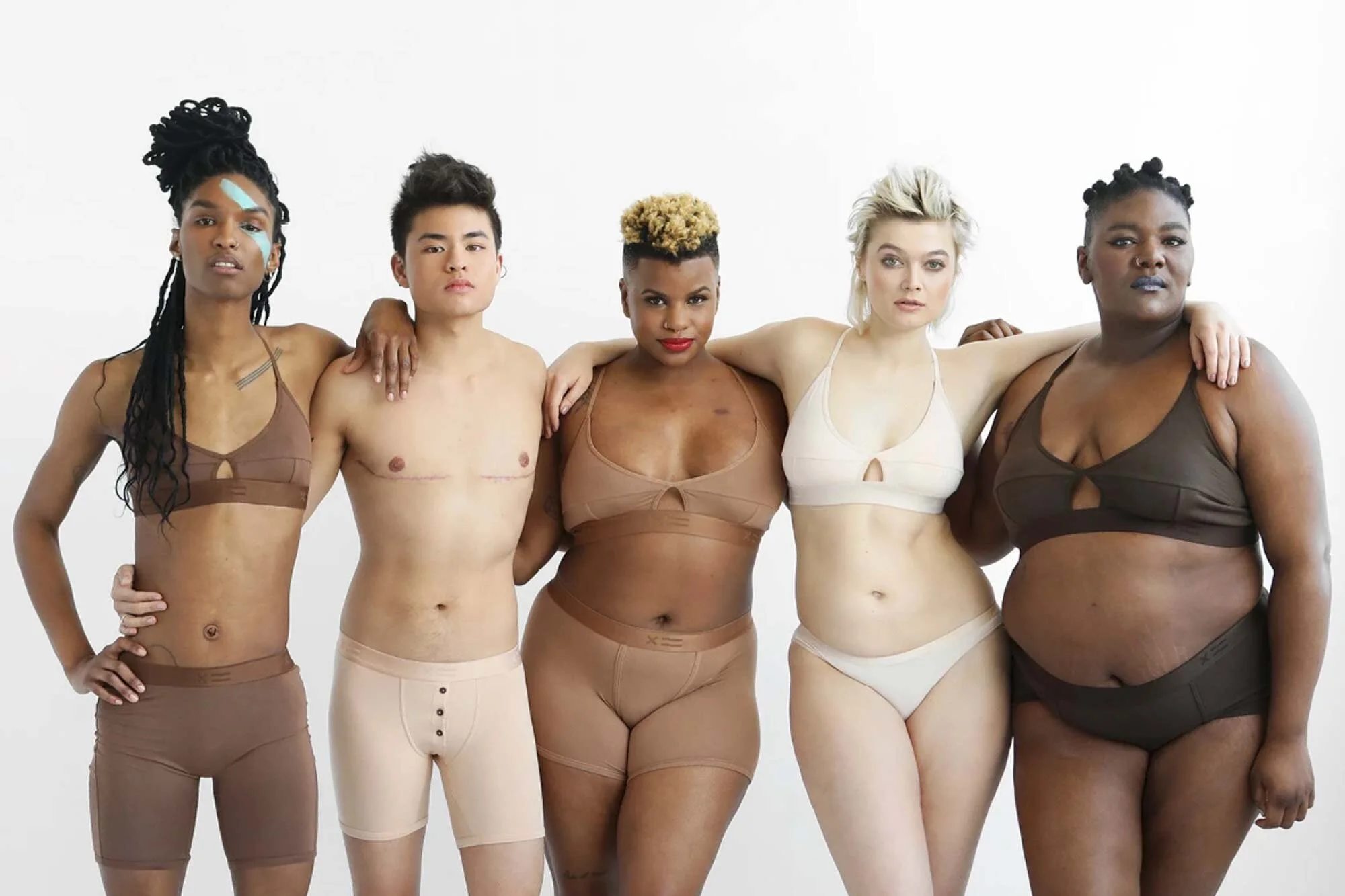
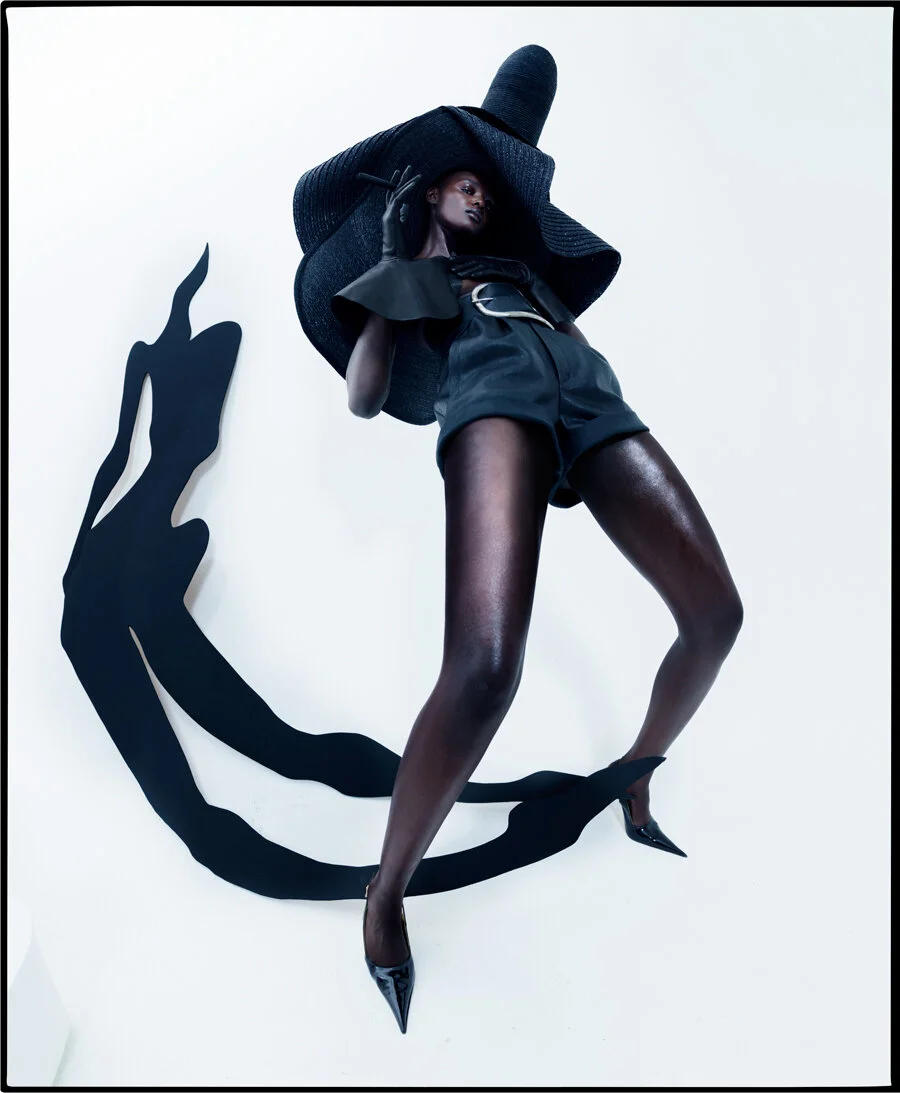



In today’s segment we’ll look at Chapter 2 as Brendan describes the relative ease with which the Facebook platform allows him to target specific individuals and demographics. In addition, we’ll share our own thoughts on the importance of having a well defined marketing persona before going any further downstream.